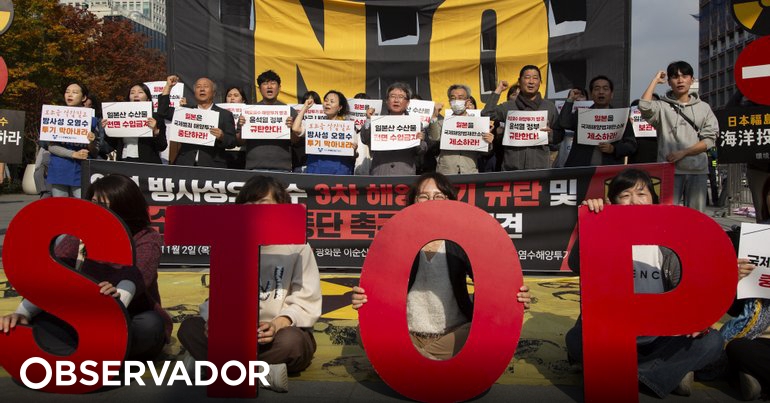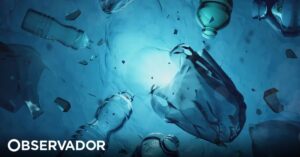
Japan began the third phase of discharging treated water from the Fukushima nuclear plant into the sea on Thursday, while Beijing and Moscow restricted Japanese imports in protest against this process, which is expected to last several decades.
This phase, with the expected discharge of around 7,800 tons of water, is expected to last around 17 days, said the plant’s operator, Tepco.
Fukushima: Japan will release radioactive waters from the nuclear plant into the Pacific Ocean. What is at stake?
On August 24, Japan began discharging water used at the Fukushima Daiichi nuclear plant (northeast) into the Pacific Ocean to cool the cores of the three reactors, which went into meltdown following the earthquake and tsunami of March 11, 2011.
This water, which also comes from underground layers and rain, was stored for a long time in huge tanks on the site of the plant and treated to eliminate radioactive substances, with the exception of tritium, which is only dangerous in very high concentrated doses, according to experts.
Before being discharged into the Pacific, contaminated groundwater passes through the Advanced Liquid Processing System (ALPS) filtration system, capable of separating dozens of radioisotopes, but not tritium.
Therefore, Tepco dilutes the water it intends to release with seawater until the concentration of that isotope drops to around 1,500 becquerels per liter, a level 40 times lower than the Japanese standard for this type of operation.
If after filtering the rates remain too high, the company repeats the process.
The discharge into the sea was approved by the International Atomic Energy Agency (IAEA). But the launch of the process sparked a diplomatic crisis between Japan and China, which suspended all imports of Japanese seafood at the end of August, followed by Russia.
In total, Japan plans to discharge more than 1.3 million cubic meters of water from Fukushima into the Pacific Ocean, or the equivalent of 540 Olympic swimming pools, but gradually and until the early 2050s, according to the calendar current.
Source: https://observador.pt/2023/11/02/japao-inicia-terceira-fase-de-descarga-de-agua-de-fukushima-no-pacifico/

